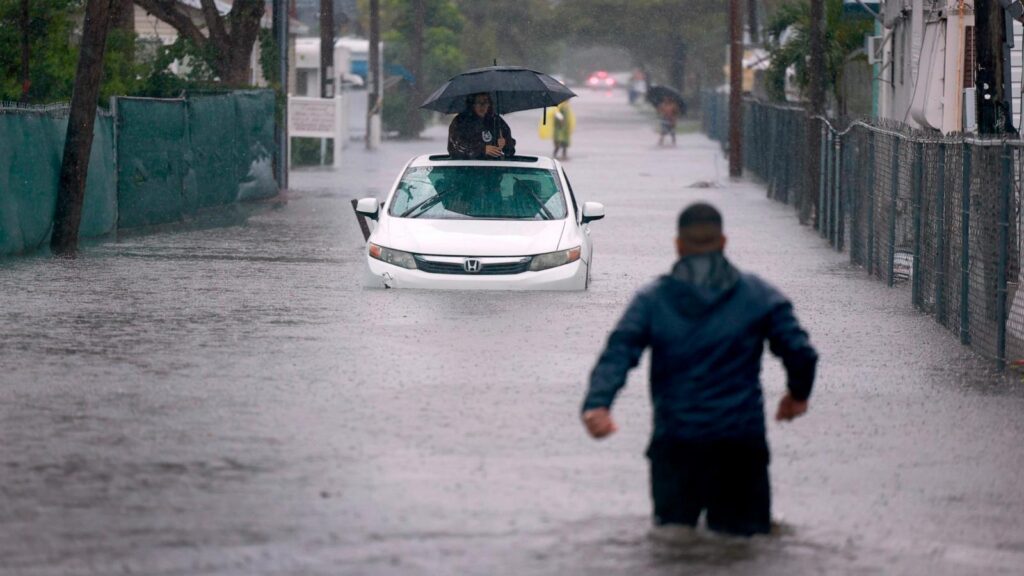
Florida, the Sunshine State, is renowned for its balmy climes and sandy beaches, but it harbors a bizarre meteorological phenomenon that might startle the uninitiated—falling iguanas. Yes, you heard it right: in Florida, it’s not just precipitation from the skies you need to watch out for, but also cold-stunned iguanas tumbling from trees!
The Science Behind Falling Iguanas

The phenomenon is as real as it is peculiar. During cold snaps, with temperatures plunging into the 40s (Fahrenheit), iguanas, which are cold-blooded by nature, enter a dormant state. “When the temperature drops, their blood doesn’t flow as freely, making them stiff and immobile,” explains Ron Magill of Zoo Miami. In this state, these usually arboreal reptiles lose their grip on tree branches, leading to unexpected iguana showers on the streets below.
Why Florida?
Ironically, iguanas are not native to Florida. They were introduced into the wild, predominantly through the exotic pet trade. Over 800,000 green iguanas were imported into the U.S. in 1995 alone, originating from warmer climates like Honduras and Panama. Unaccustomed to the occasional chilly Florida winters, these reptiles are often caught off-guard by the sudden drops in temperature.
The Impact of Invasive Species in Florida

Iguanas in Florida are a textbook example of the challenges posed by invasive species. Adapted to tropical rainforest conditions, iguanas struggle with the cooler winters in Florida, which, although rare, are severe enough to impact their health and mobility. Despite their resilience and ability to multiply, the iguanas are not equipped to evolve quickly enough to handle these colder spells, which can sometimes be fatal, especially for smaller lizards.
A Diurnal Dilemma
The timing of these temperature drops plays a critical role. Iguanas are diurnal—active during the day and resting at night, which is when the temperatures are lowest. Their natural rhythm makes them particularly vulnerable during these cold nights. As Magill noted, “The temperature threshold for when iguanas begin to go into a dormant state depends greatly on the size of the iguana… Generally speaking, the larger the iguana, the more cold it can tolerate for longer periods.”
Not Dead, Just Chilled

It’s important to note that while these iguanas may appear lifeless, they are not dead. With the rise of the morning sun and temperatures, they typically revive and scamper away, no worse for wear despite their frigid ordeal. This resilience is a testament to their rugged survival skills, albeit in an environment that poses unique challenges.
So, the next time you’re in Florida and hear about iguana rain, remember it’s not a figment of the local folklore. It’s a real and recurring event that highlights the complex interplay of invasive species dynamics, animal physiology, and local weather patterns. As bizarre as it may sound, raining iguanas is just another day in Florida’s meteorological saga—strange, fascinating, and uniquely Floridian.
